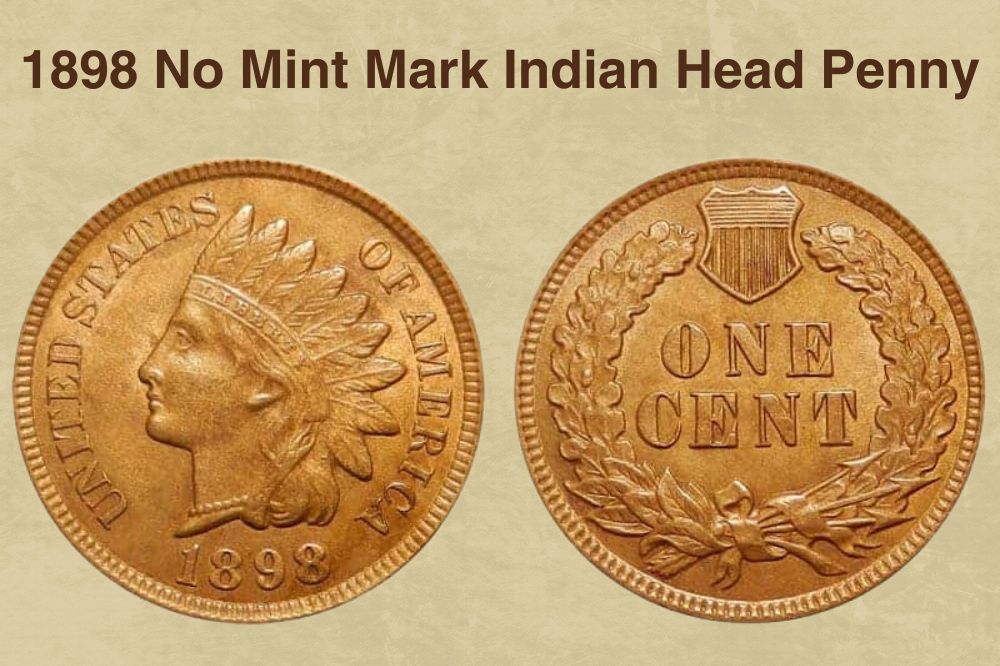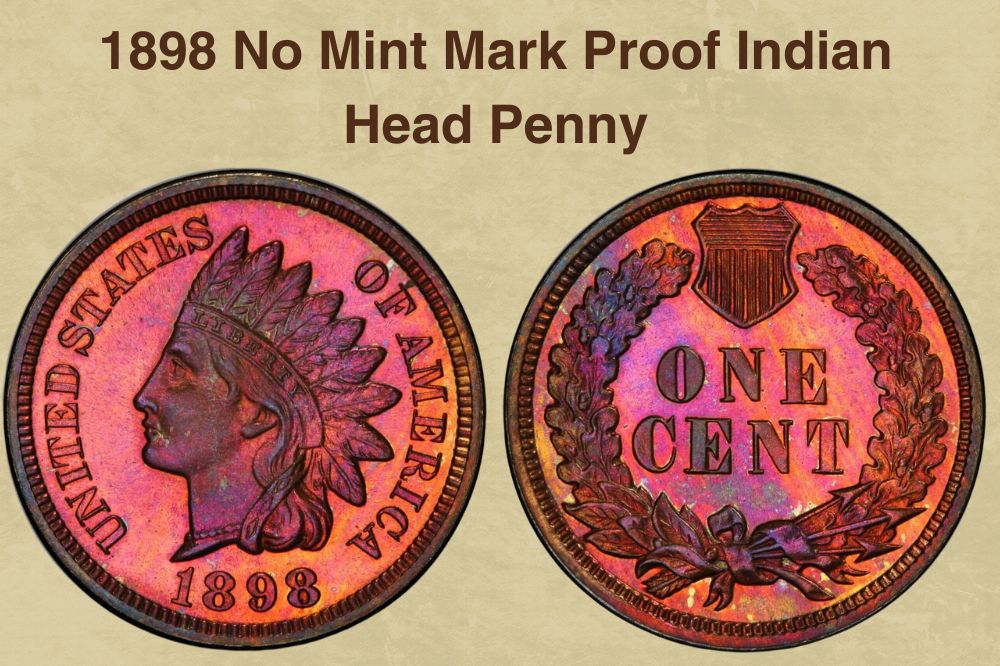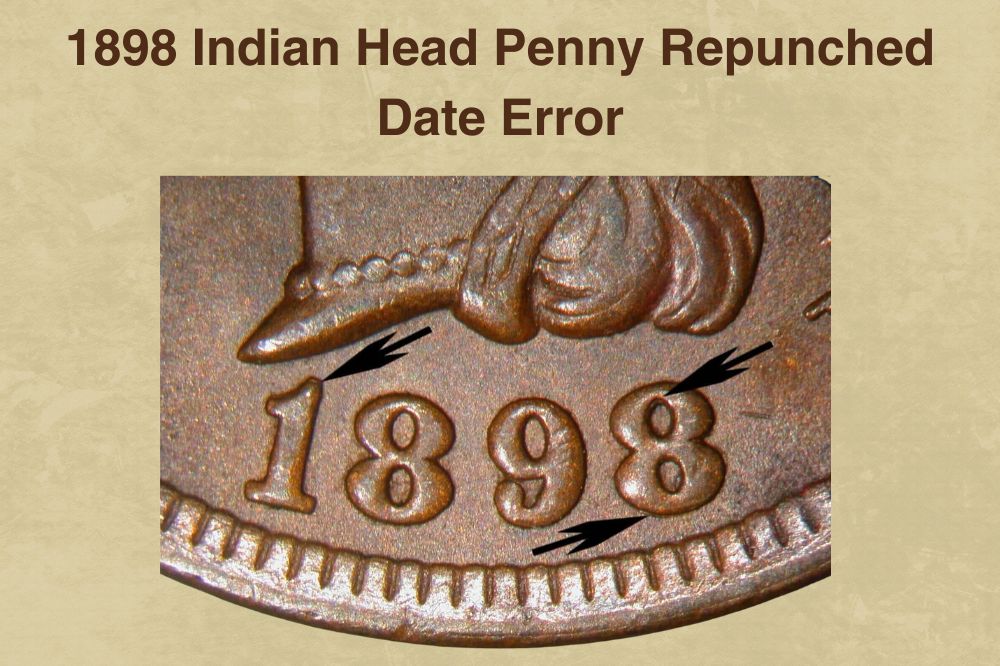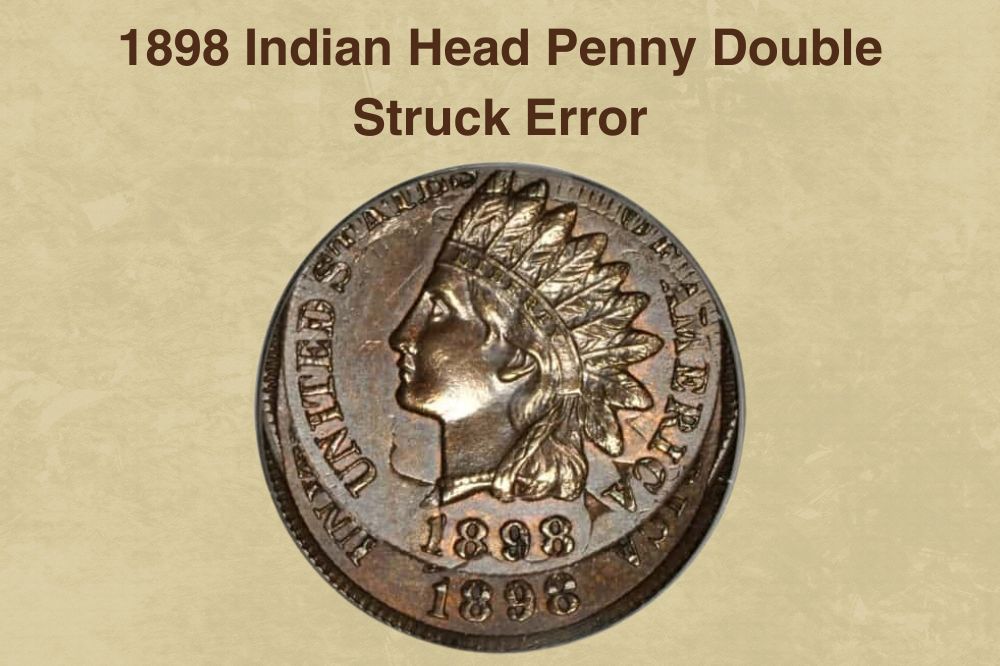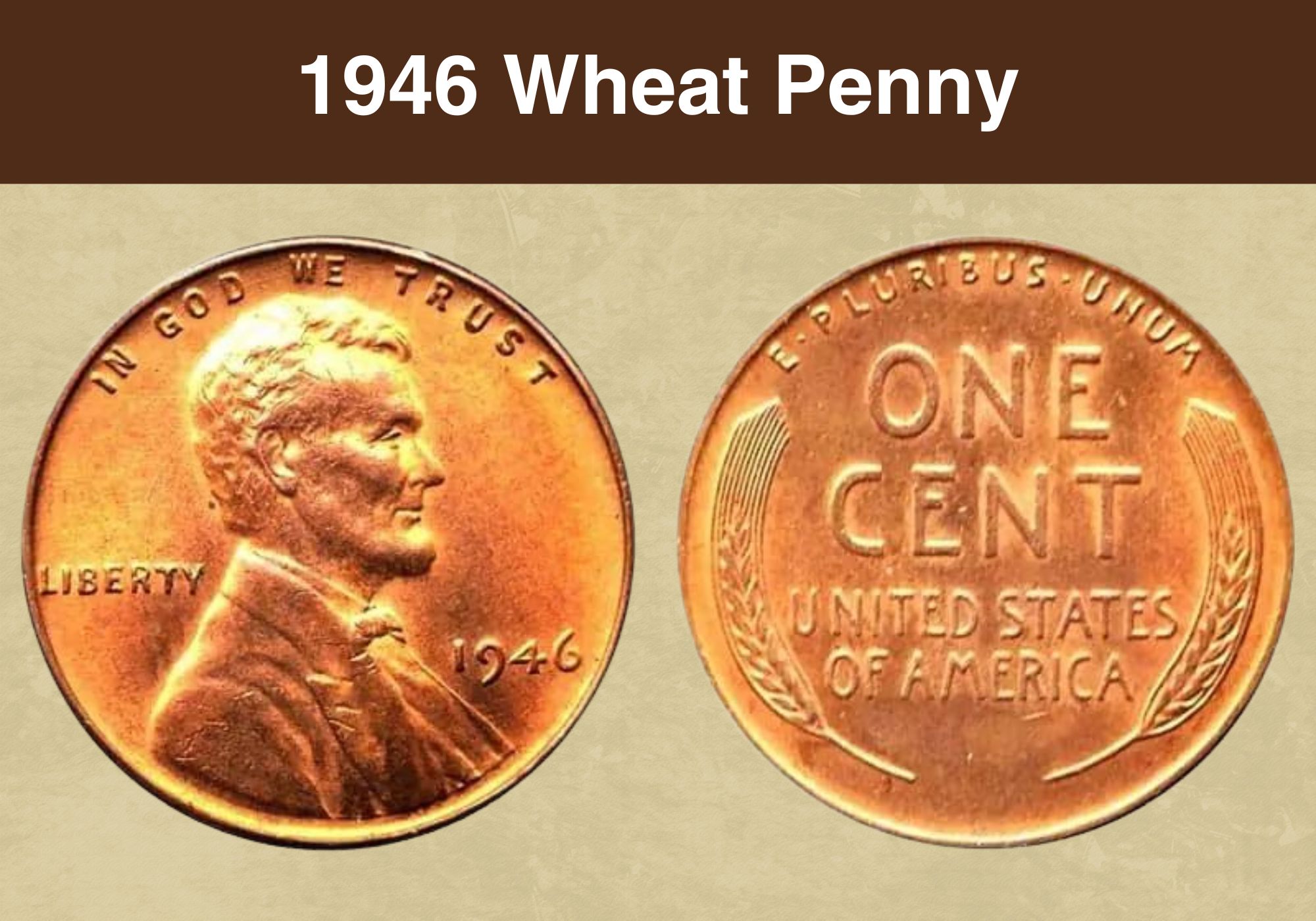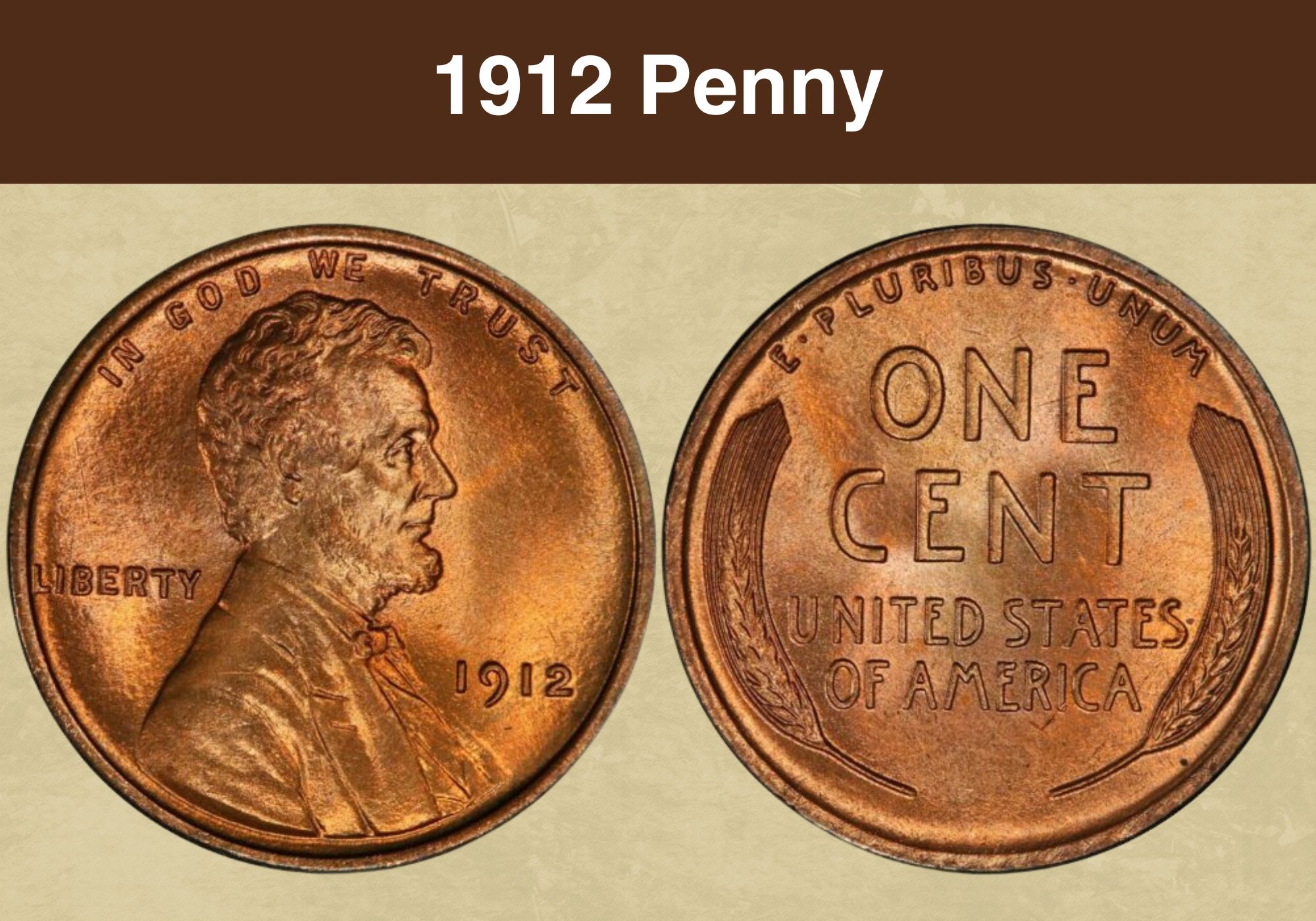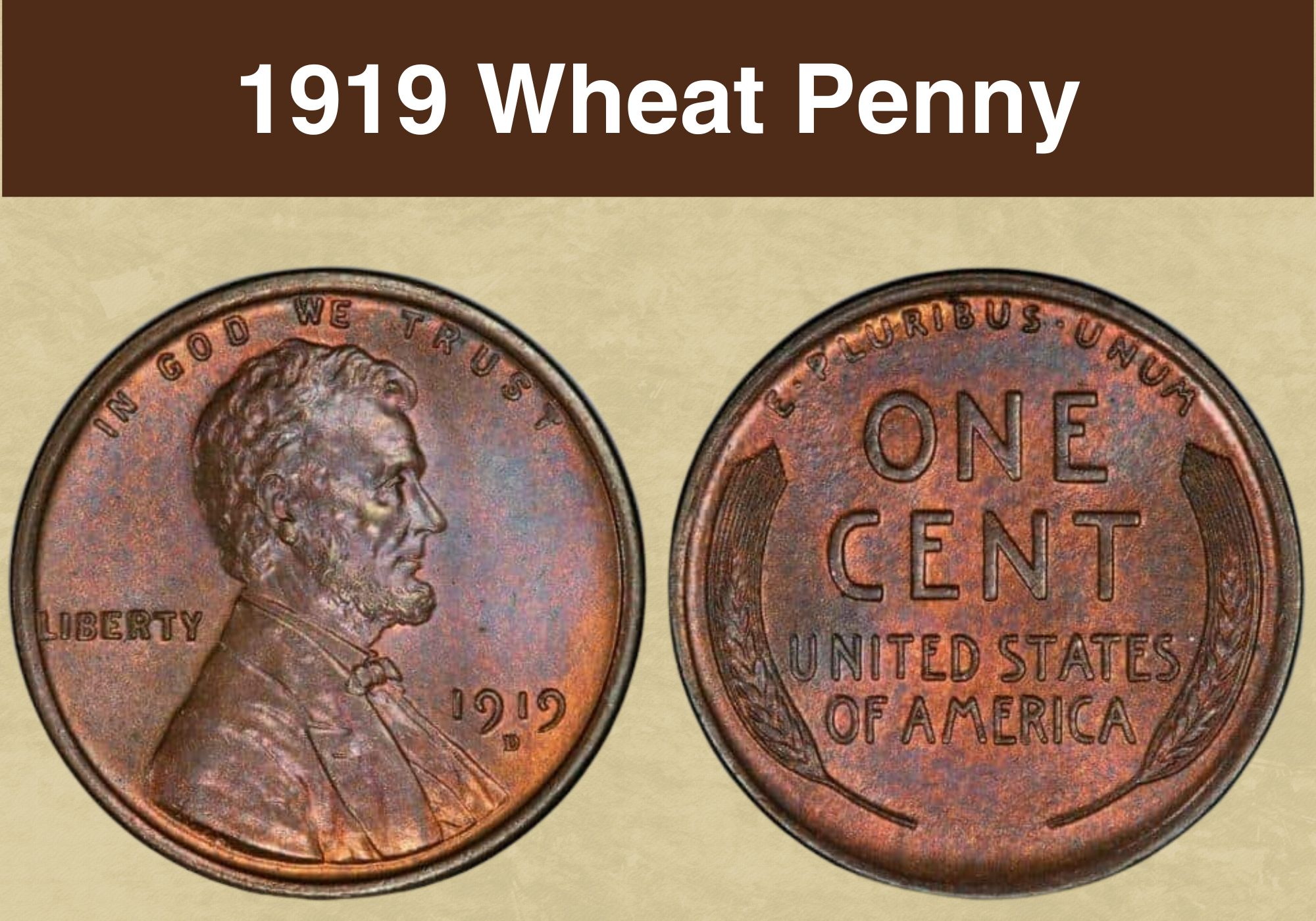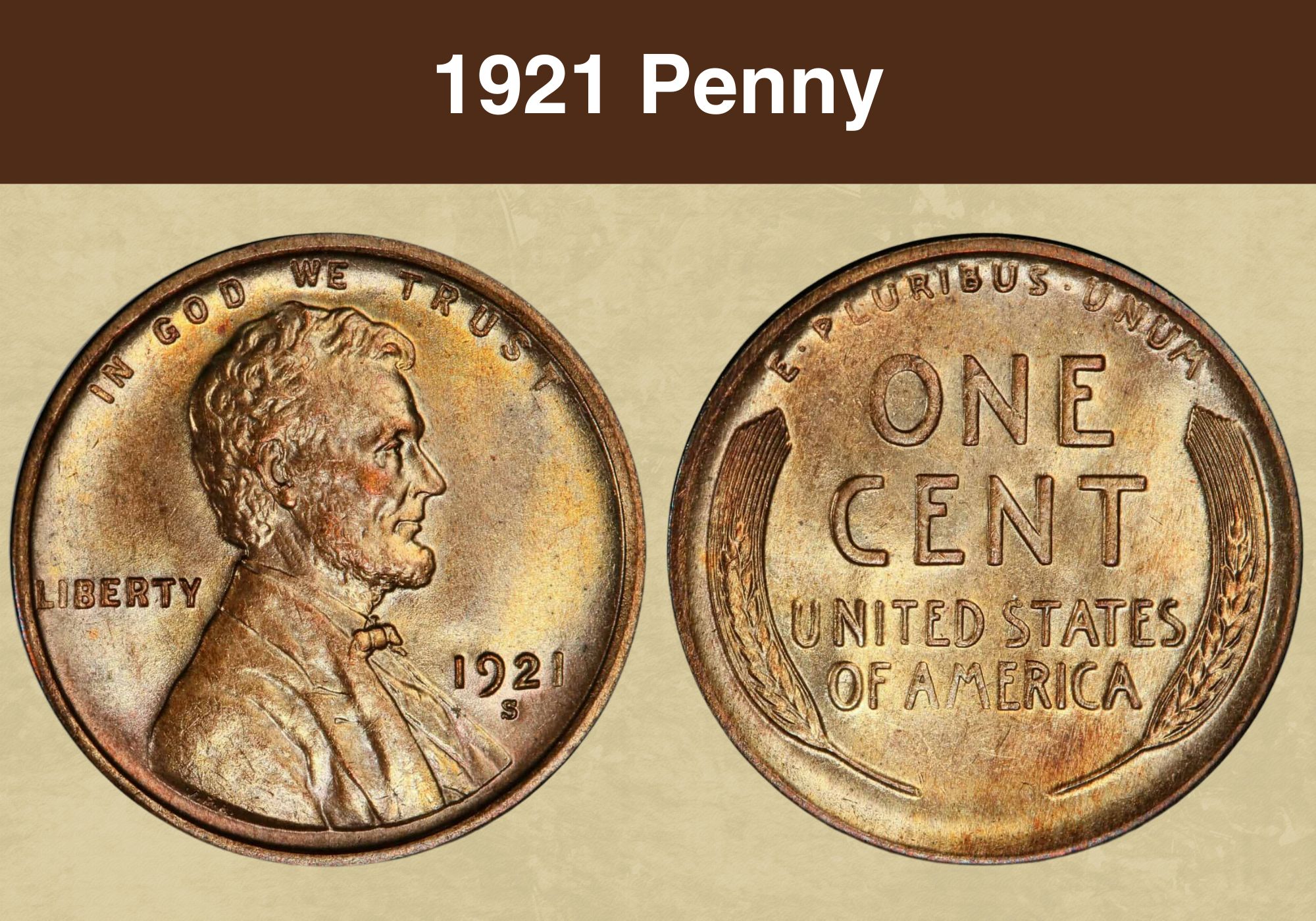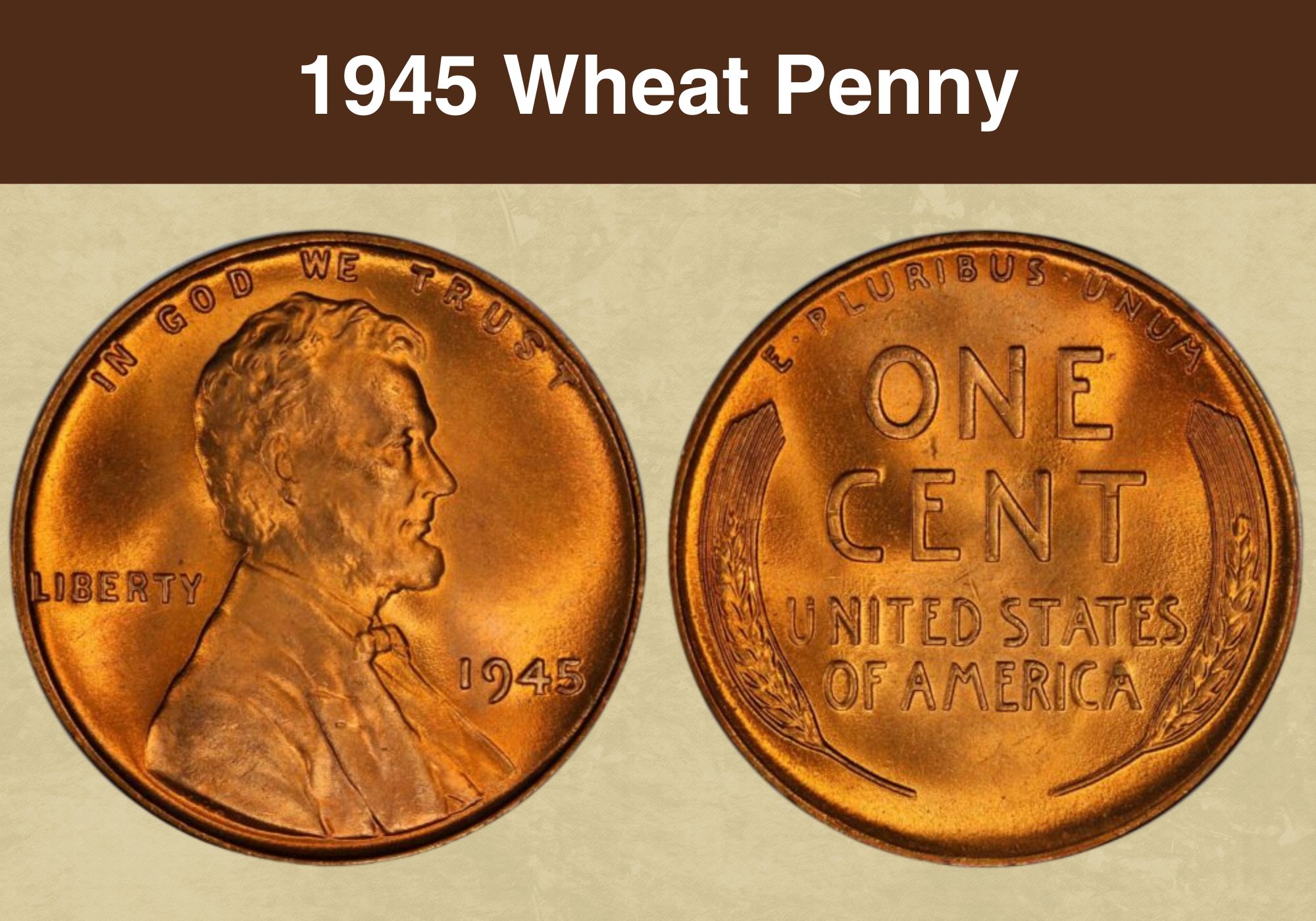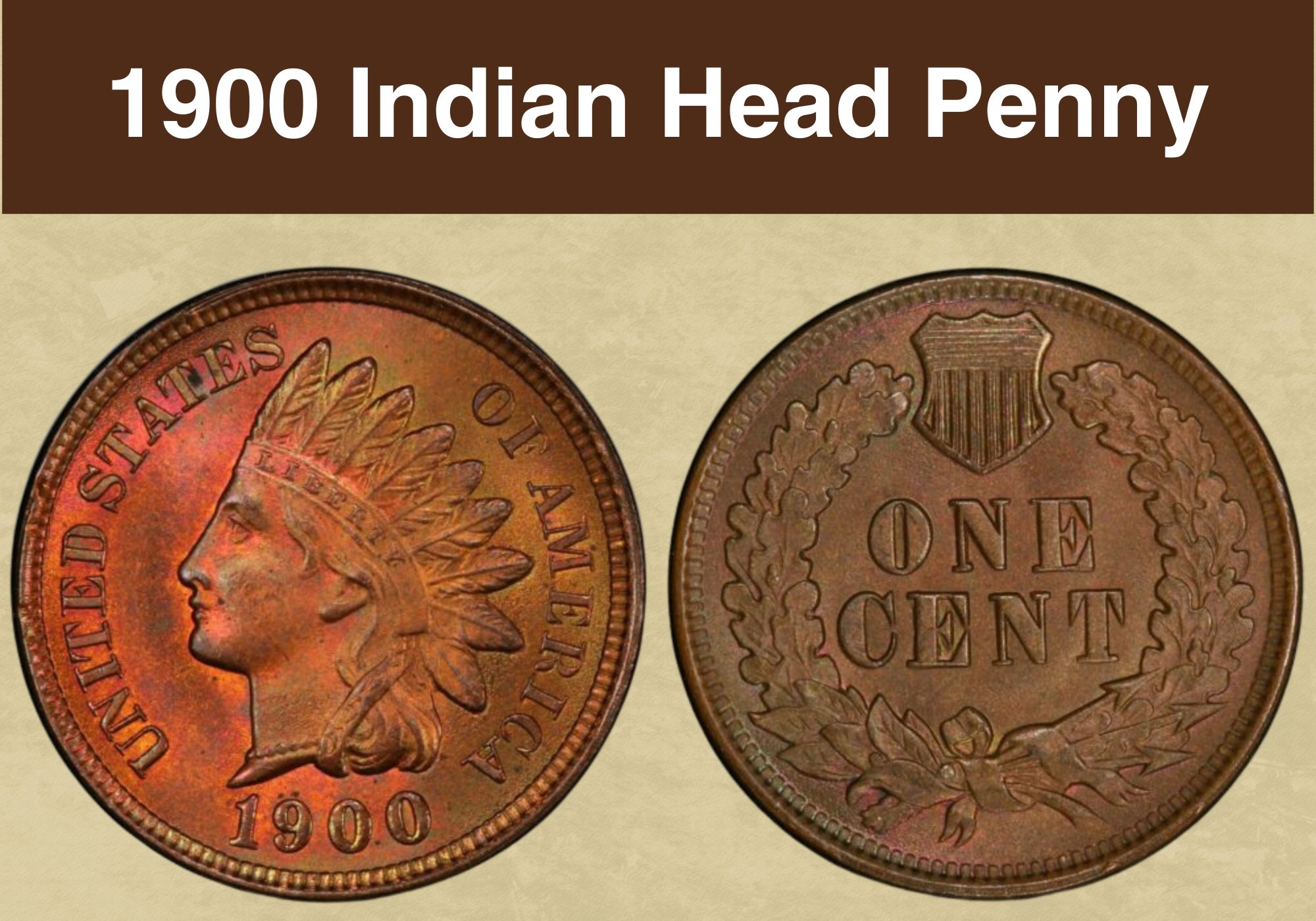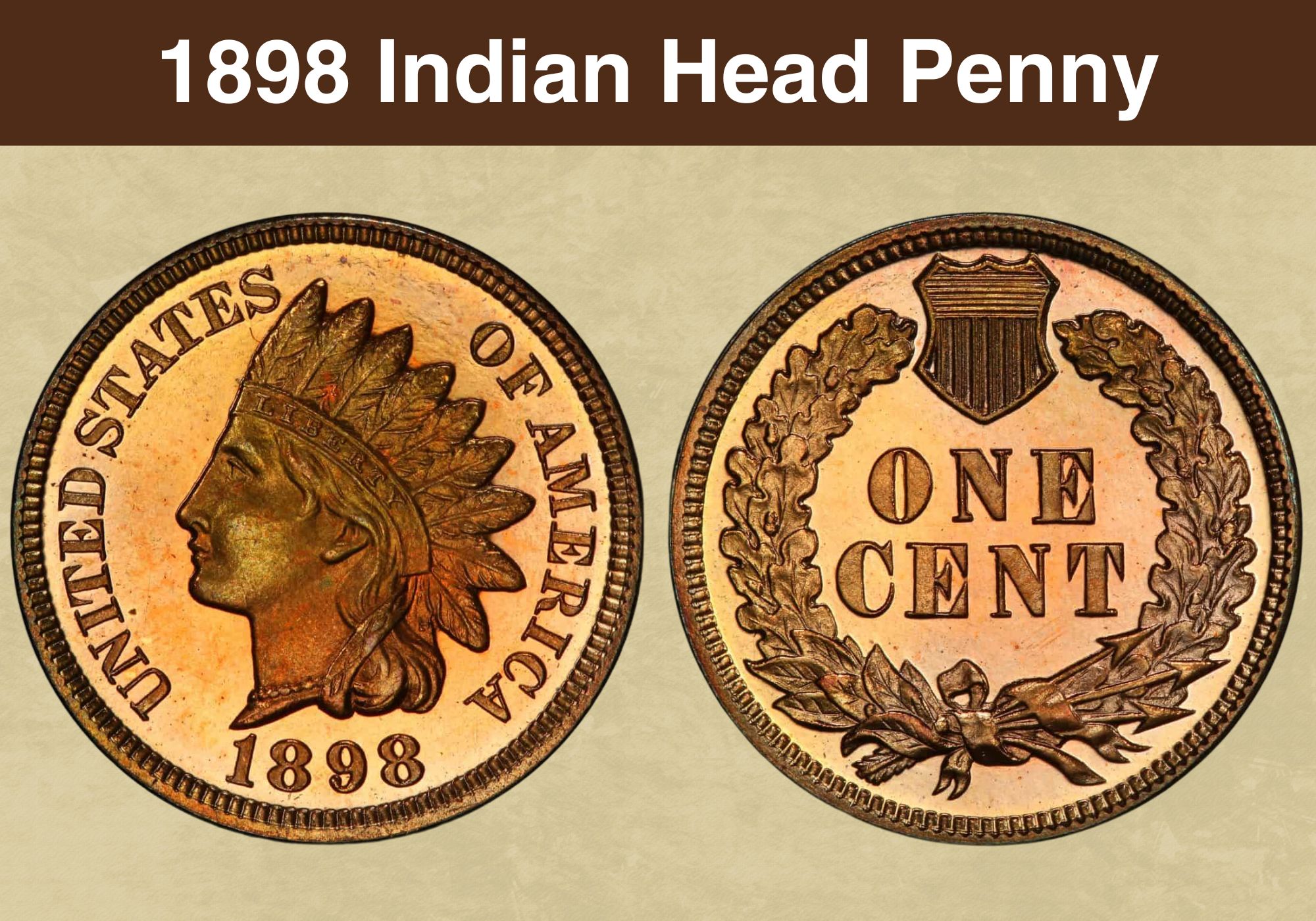
Coin Value Contents Table
- 1898 Indian Head Penny Value Chart
- 1898 Indian Head Penny Grading
- 1898 Indian Head Penny Value By Mink Mark
- 1898 No Mint Mark Indian Head Penny Value
- 1898 No Mint Mark Proof Indian Head Penny Value
- Rare 1898 Indian Head Penny Error List
- Where to Sell Your 1898 Indian Head Penny ?
- 1898 Indian Head Penny – FAQs
The 1898 Indian Head Penny is part of a series of coins that ran from 1859 to 1909. It’s a beautiful coin, and the series is loved by collectors. While Indian Head Pennies are quite easy to find, some of them can be worth huge amounts of money.
To look closer at the 1898 Indian Head Penny value, we need to look at different varieties of the coin along with any errors it has. We’ll also answer some FAQs to give you all the info you need. All you need to do is read on to find out more!
1898 Indian Head Penny Value Chart
| Coin Grade | MS/PR60 | MS63/PR66 | MS65/PR67 | MS67/PR68 |
| 1898 No Mint Mark Indian Head Penny | $67 | $110 | $300 | / |
| 1898 No Mint Mark Proof Indian Head Penny | $130 | $300 | $750 | $2,400 |
1898 Indian Head Penny Grading
The grading of coins may appear to be complicated, but it’s actually quite simple. Coins are rated on a scale from 1 to 70, with 70 being coins in perfect condition. The letters before the number are ‘MS’ for mint state coins meant for circulation, and ‘PR’ for Proof coins meant for collectors.
For Indian Head Pennies, you may also see letters after the number, which is their graded color. ‘RD’ is red, ‘RB’ is red-brown, and ‘BN’ is brown.
| # | Grade |
|---|---|
| 1 | Basal State-1 |
| 2 | Fair |
| 3 | Very Fair |
| 4, 5, 6 | Good |
| 7, 8, 10 | Very Good |
| 12, 15 | Fine |
| 20, 30 | Very Fine |
| 40 | Extremely Fine |
| 50 | About Uncirculated |
| 60 | Mint State |
| 65 | Mint State |
| 70 | Mint State |
Please check our grading guides to know your coin scale, It’s the necessary step to know the exact value of your coin.
Check out now: How to Grade Indian Head Penny?
1898 Indian Head Penny Value By Mink Mark
Unlike modern-day coins that can be made in multiple locations, the 1898 Indian Head Penny was just made in one place. At the time, the Philadelphia Mint made almost all US coins, and this included the one-cent pieces.
As it was the first ever mint in the country, Philadelphia didn’t place a mint mark on their coins. For example, the Denver Mint places a small ‘D’ on their coins. It wasn’t until 1980 that Philadelphia started putting a mint mark on its coinage.
Even though this coin was only struck in one location, there are two varieties. There is the regular business strike that was used for circulation, along with proof coins that were never intended to be pocket change.
Let’s have a look at these two varieties in more detail.
1898 No Mint Mark Indian Head Penny Value
There are a few factors that go into the value of the coin, with the most important being its grade. If you’re not sure how coins are graded, then check out our quick guide below.
If you have a regular 1898 No Mint Mark Indian Head Penny and are wondering about its value, then you may be disappointed. If it has plenty of wear on the coin, then it’s not likely to be worth much more than a dollar at most.
Even though these coins are well over 100 years old, 49,821,284 of them were made. While that may not be high by today’s standards, it’s still a huge quantity of coins. The result is that these coins are still easily found in worn condition.
At a ‘Good’ rating, the design will still be visible but a little faint in some areas. At this grading level, you can expect approximately $12 for your coin. At ‘Very Fine’ (20 grade), that value will rise to around $35, then up to $60 at the ‘Almost Uncirculated’ level, which is grade 50.
An easy way to check if you have a coin in good condition is to check the ribbon of the Indian figure that goes across the hair. If the detail on the ribbon can still be clearly seen, then it’s a great sign.
The time to get excited is if you have a coin with a grade of MS65 or higher. At MS65, you can expect at least a few hundred dollars, with sales over $300 being common. At MS67, your coin may be worth over $2,350.
It’s important to point out that there is another significant factor that affects the value of these coins, and that is color. A coin will be graded as either brown, red/brown, or red. All three have significantly different valuations.
As you can probably guess, by far the most popular color is red. Then it’s red/brown, and finally, brown coins will be the least sought-after. Exactly how much these colors affect the valuation is difficult to say, but it can be huge.
The grading of a coin (in terms of the number) has no relation to the color and therefore, you can get an MS67 coin in red or brown. It’s hard to give exact estimates, but you can expect a red coin to sell for at least four times more than a brown one.
When you get a red coin with a high grade, they become valuable. The auction record for a regular 1898 Indian Head Penny was $26,450, which was back in 2011. If the same coin came on the market today, then it may go for much more.
Also read: 13 Most Valuable Wheat Penny Worth Money
1898 No Mint Mark Proof Indian Head Penny Value
The reason behind the production of proof coins has changed over the years. These days, the majority of them are made to be sold to collectors. A modern mintage year will have a lot of proofs made. For example, in 2019, around 2 million Lincoln Cent proofs were struck.
However, back in 1898, it was different. Instead of being made for collectors, proof coins were made to test the dies that strike the coins, and also for archiving purposes. Due to this, only 1,795 proof coins were made in 1898.
This makes 1898 No Mint Mark Proof Indian Head Penny highly collectible in the higher grades. There are many such examples of PR67 coins, and these are often sold on average for $8,000, with some going for much more than that.
As with the business-strike coins, the color is important to factor in, as a red coin will always be more appealing than a brown one. Along with color, there is another feature to look for with proof coins, and that is their cameo.
With a cameo coin, there is a significant contrast between the flat part of the coin (called the face) and the details on the coin (called the relief). For cameo coins, the field will be mirror-like, with the details on the coin having a more frosted appearance.
Especially on older coins, this cameo only happened on the first few strikes, making them even rarer than regular proofs. Due to this, a PR66 coin with a deep cameo can be worth more than a PR67 coin without one.
When the two combine, prices can be extremely high. This is what happened in 2019. A coin was placed for sale, which had a beautiful red color, a strong cameo, and a rating of 67. The result? This coin was sold for a staggering $36,000.
Also read: 12 Most Valuable Lincoln Penny Worth Money
Rare 1898 Indian Head Penny Error List
For those who like collecting error coins, the 1898 Indian Head Penny was a great year. We’ve found six significant errors, which can all be highly valuable. Let’s take a look at what they are in more detail.
1. Repunched Date
As you can probably guess from the name, a repunched date is when the date has been struck onto the coin twice. The issue can be that the second strike isn’t always perfectly aligned with the first, leading to the date looking different than usual.
If the second strike is only slightly different from the first, then this can lead to the date looking thicker than normal. If it’s very different, then you’ll notice the two dates overlapping each other. This can be a valuable coin, with one such highly graded example selling for over $1,500.
2. Capped Die
Another interesting error is the capped die. Once a coin is struck by the die, then it needs to be ejected for the next planchet (blank disc) to come in. What happens with a capped die is that the coin that had just been struck sticks to the die.
This blocks (or caps) the die and stops it from being able to properly strike the new coin. This leads to one side of the coin having full detailing but the other side being mostly blank. The 1898 capped die error can be worth $500 or more.
3. Triple Struck Error
Some 1898 Indian Head Pennies not only got triple struck, but the coin also rotated in the collar that is meant to keep it in place. This can lead to a slightly doubled appearance on the coin, but also, the obverse and reverse of the coin may not be properly aligned.
You’ll notice on coins that the head side (obverse) and the reverse side are meant to be the same way up, but sometimes this doesn’t happen. The value of these coins will depend on their grade, but it is usually between $100 and $600.
4. Double Struck Error
You may think that a double strike error won’t be as valuable as a triple strike error, but they often are. The reason is that many of these coins were meant to be ejected by ended up being struck again, off-center.
How valuable these coins are will depend on how badly off center the strike was. A coin only struck slightly off center may be worth $150, but one way off center could be worth over $1,500. As with any error coins, the worse the error is, the better.
5. Struck Off-Center
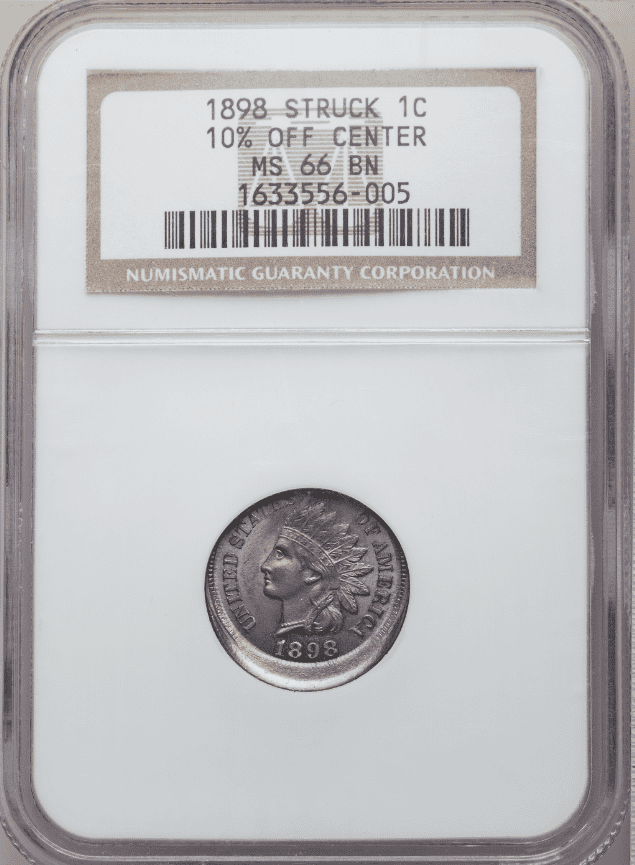
With this error, the coin was only struck once, but the strike was off center. This means you only have one image on the coin, but it is out of alignment. As with the double strike error, the value will depend on how badly the coin was struck.
Those coins that are way off center can be worth $1,500. Even though these are error coins, it’s important to note that grading matters. An error coin in mint condition will be worth a lot more than one in well-worn condition.
6. Partial Collar
When striking a new coin, it is surrounded by a collar to keep it in place and stop it from expanding outwards. But this doesn’t always happen, as either there is an issue with the collar, or the blank coin isn’t sitting correctly in it.
When struck, this can lead one side of the coin to either be flattened and pushed out or have details missing. This is one of the most common coin errors, and therefore its value is limited, with sales of $50 being common.
Also read: 17 Most Valuable Indian Head Penny Worth Money
Where to Sell Your 1898 Indian Head Penny ?
Now that you know the value of your coins, do you know where to sell those coins online easily? Don’t worry, I’ve compiled a list of these sites, including their introduction, pros, and cons.
Check out now: Best Places To Sell Coins Online (Pros & Cons)
1898 Indian Head Penny – FAQs
1. What is a 1898 Indian Head penny worth?
Most Indian Head Pennies will only be worth slightly above their face value, as a heavily worn Indian Head Penny is still quite easy to find. The 1898 Indian Head Penny had a mintage of nearly 50 million and therefore, many specimens still exist.
While the 1898 Indian Head Penny isn’t hard to find, ones in perfect condition are. This means for the highest grading levels, these coins can be worth thousands of dollars, and sometimes over $10,000, with one coin selling for $36,000.
2. What years is the most valuable Indian Head penny?
An Indian Head Penny from any year could be considered valuable, as it depends on its rarity. It’s possible that we’ll never know about the most valuable penny ever as it could be sitting in someone’s collection, with no intention for them to sell it.
But some cents are rarer than others. The 1909 S Indian Head Penny is the best example, as only a little over 300,000 were made. An Indian Head Penny from this year sold for $97,750 back in 2006.
3. What Indian Head Pennies are rare?
There are generally three factors that can make an Indian Head Penny rare. Firstly, it would need to have a very high grading. Secondly, it would need to be red in color, as these are not only the most attractive color, but also the least common.
The other factor is error coins, especially error coins in excellent condition. Due to the age of these coins, it’s getting increasingly difficult to find them in perfect condition.
Also read: 11 Most Valuable Wheat Penny Errors

